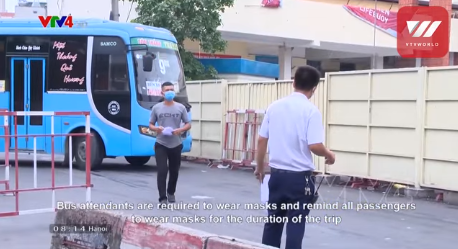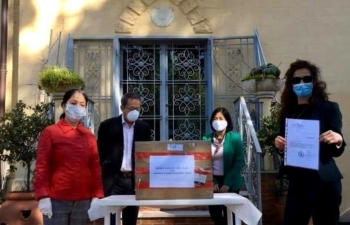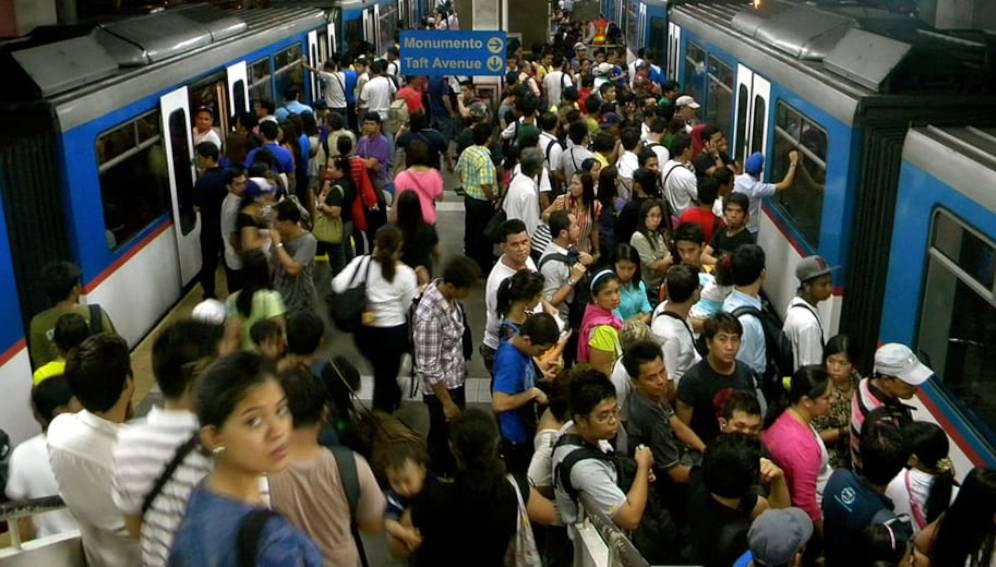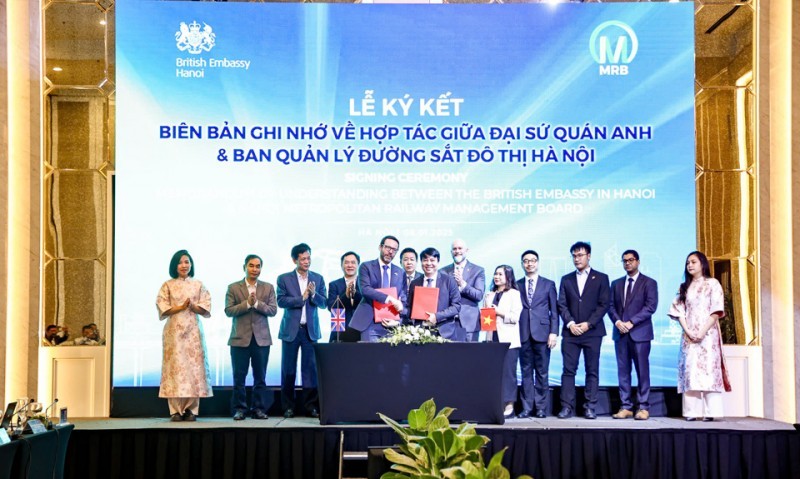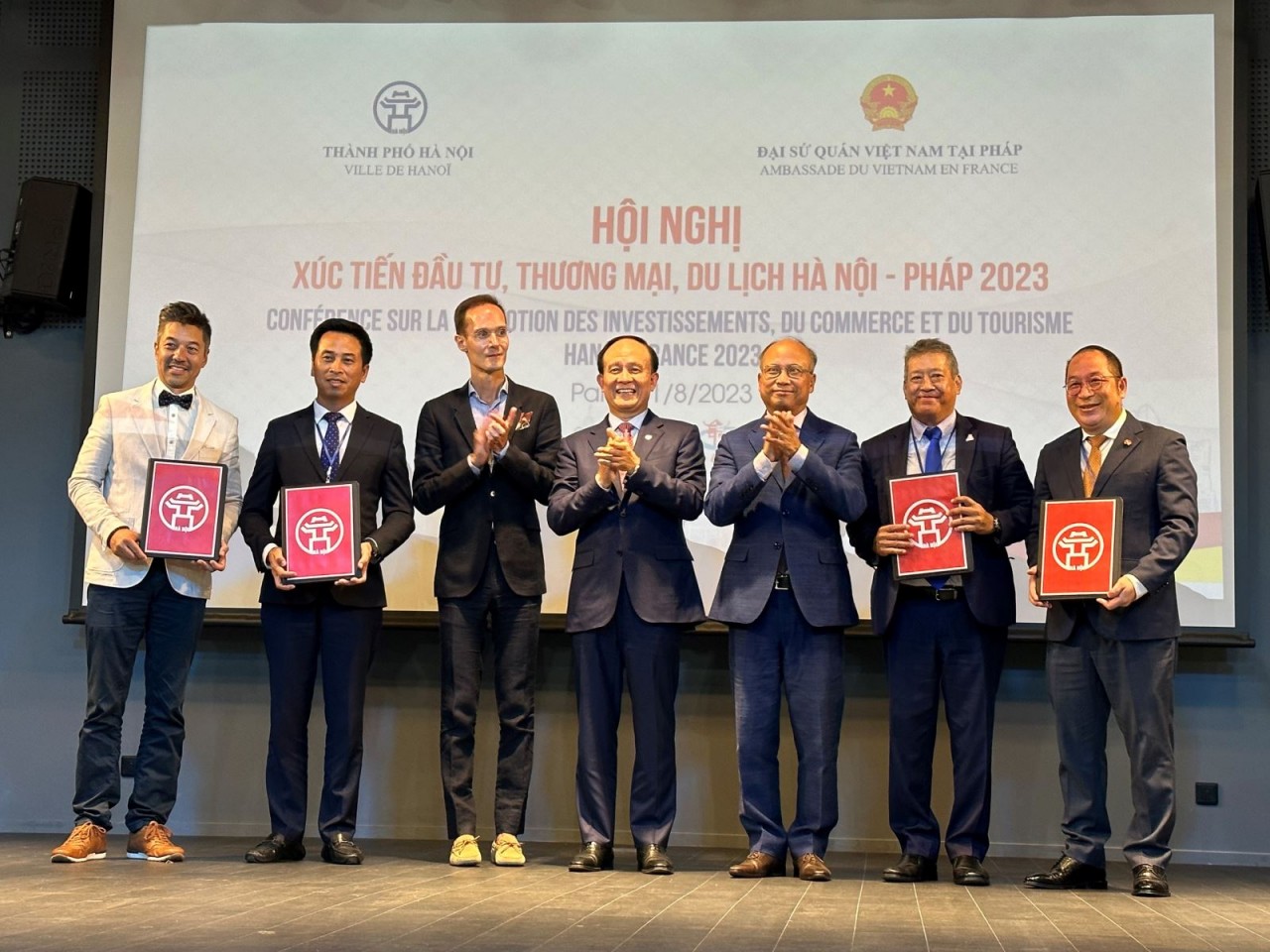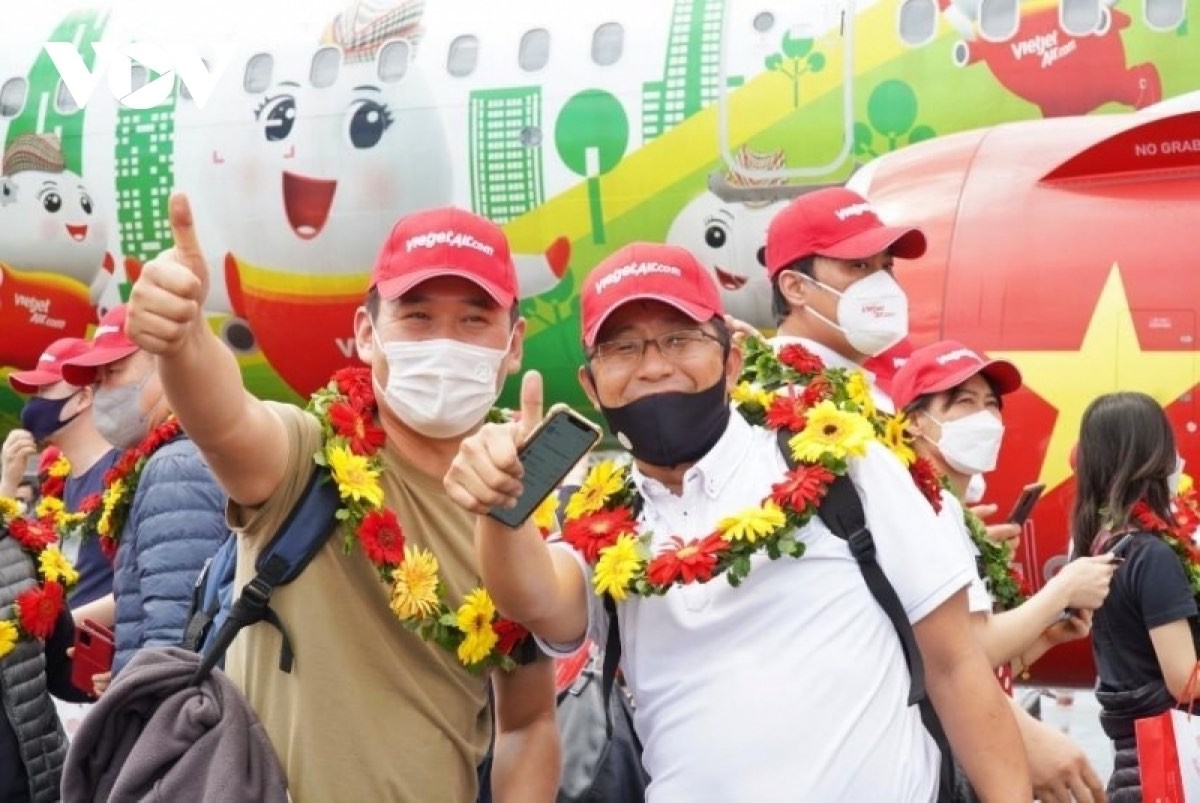Virus-proof public transit with smart shelters provided in Asean cities, thermal scanners amidst pandamic
| Vietnam transportation units strengthen COVID-19 preventive measures | |
| Positive growth in transporting through Vietnam ports | |
| Vietnamese Embassy assists transportation of face masks to Italy |
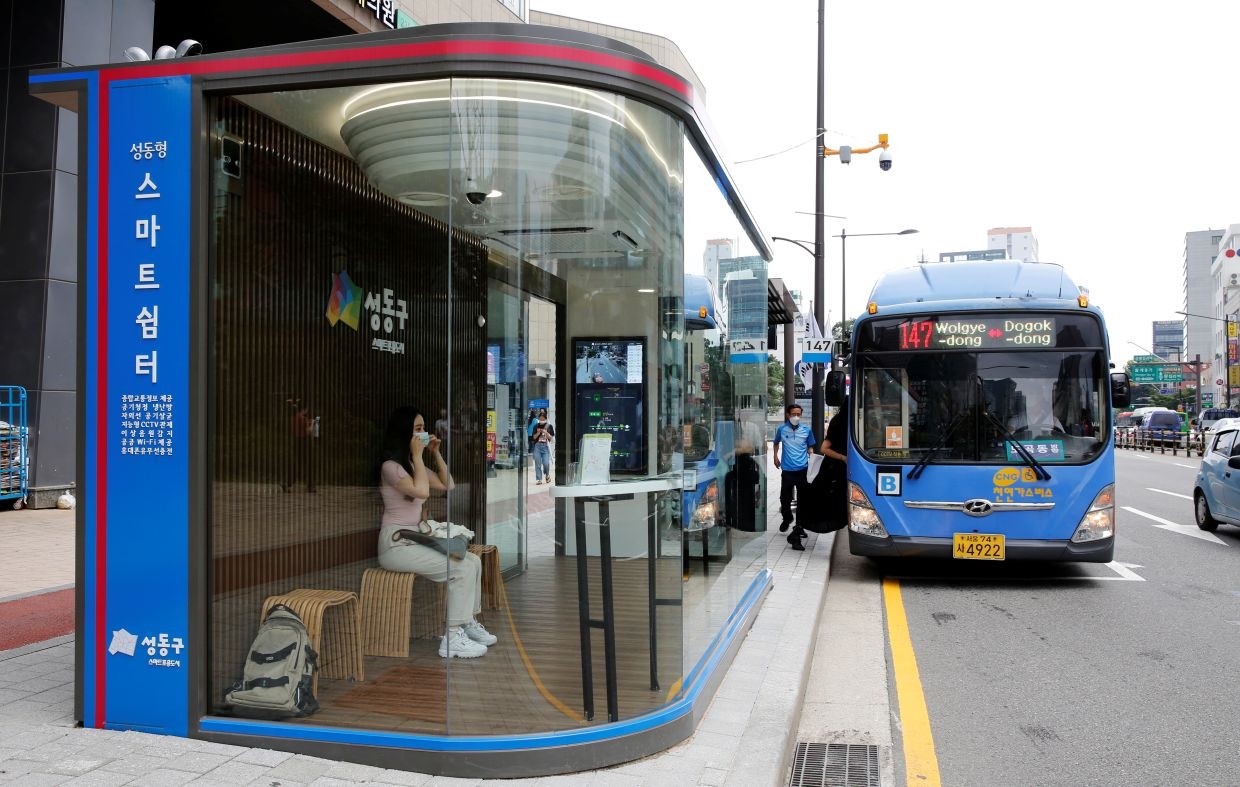 |
| A woman wears a mask inside a glass-covered bus stop in which a thermal imaging camera, UV sterilizer, air conditioner, CCTV and digital signage are set, to avoid the spread of Covid-19 in Seoul, South Korea. Photo: Reuters |
From Delhi to Seoul, authorities have introduced mobile apps, temperature-check kiosks and smart bus shelters to make public transit safer as offices and businesses open after lockdowns to control the novel coronavirus, reported Thomson Reuters Foundation.
Seoul’s Seongdong-gu district this week rolled out 10 bus shelters powered by solar energy, and equipped with ultraviolet sterilisers and thermal imaging cameras that check temperatures. Ten more such shelters are planned.
“The Smart Shelters were introduced so that residents can experience technology in their daily lives. It is an inclusive service that everyone can benefit from,” said a spokesman for Chong Won-O, mayor of Seongdong-gu.
In Singapore, touch-free kiosks with thermal sensors at busy bus stops and train stations allow passengers to check their temperature before boarding. A green light indicates they are free from fever, while an orange light shows a high temperature.
The kiosks will be rolled out in 70 locations in the city, according to the Ministry of Culture, Community and Youth, which is involved in the project.
While temperature screening at public transit points is not mandatory, the kiosks “encourage the public to remain vigilant by monitoring their temperature before commuting,” a spokesman said.
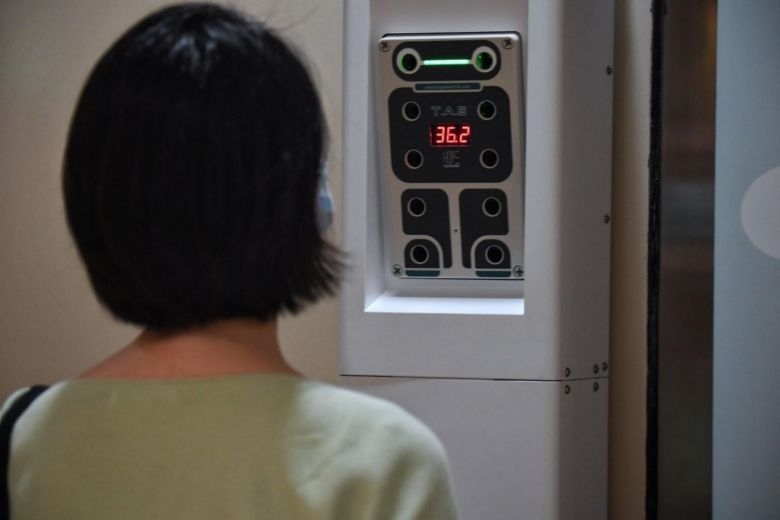 |
| A contactless temperature self-check kiosk at Braddell MRT station. Photo: Kua Chee Siong/ST |
In China and in Delhi, commuters must show that they are symptom-free with a mobile health app before boarding the subway, flights and to enter some offices.
While digital rights experts say these technologies raise the risk of surveillance and exclude marginalised populations who do not have smartphones, authorities have said they are necessary to keep people safe.
“For as long as COVID-19 lurks in the community, we should expect measures that not only keep people as safe as possible from contagion, but also reassure them about the safety of the environment,” said Marion Terrill, director of the transport and cities programme at the Grattan Institute in Melbourne.
“Even with distancing, hygiene and safety measures in place, though, many people will still avoid public transport. I expect to see a greater share of trips by car, as well as by cycling and walking,” she told the Thomson Reuters Foundation.
Self-check temperature kiosk at Braddell MRT in Singapore. Video: ST
| Adapting infrastructure and resources According to Arturo Ardila-Gomez, an economics expert from World Bank, if cities are to decrease passenger density on public transport vehicles, they need to maintain frequent service, which requires predictable speeds and traffic conditions. Easy to say but challenging to implement—especially in developing countries, where residents own fewer cars, but, paradoxically, tend to experience higher congestion levels. The solution: “pop-up bus lanes” or bus priority lanes –implemented of course with proper road safety considerations. The New York Metropolitan Transit Authority, for example, has requested 97 km of new bus lanes in response to the pandemic. But despite the best efforts of professionals across the sector, there is no denying that the COVID-19 crisis has dealt a massive blow to public transport. Demand nosedived almost overnight, leading to considerable financial distress for formal and informal public transport operators. The issue is complicated. Therefore, if governments offer subsidies, they must set proper incentives to avoid service reductions and get operators committed to long-term improvements. (Source: World Bank)
|
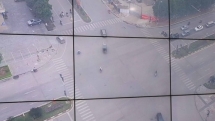 | IT proves its usefulness in dealing with traffic violations Deputy chief inspector of Hanoi's Department of Transport Le Xuan Tien shared his opinion regarding the usefulness and efficiency of information technology in dealing with ... |
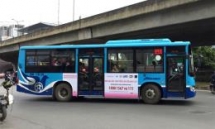 | Developing safe, friendly, and sustainable supublic transportation system in Vietnam's urban The Faculty of Transportation - Economics of the University of Transportation, together with Plan International Vietnam, on June 20 organized a seminar themed "Developing the ... |
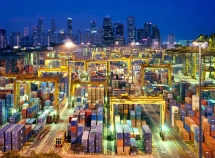 | Singapore port transportation: Expect to thrive with driverless truck The trucks will be used to transport containers from one port terminal to another. |
Recommended
 Handbook
Handbook
Vietnam Moves Up 8 Places In World Happiness Index
 Handbook
Handbook
Travelling Vietnam Through French Artist's Children Book
 Multimedia
Multimedia
Vietnamese Turmeric Fish among Best Asian Dishes: TasteAtlas
 Handbook
Handbook
From Lost to Found: German Tourist Thanks Vietnamese Police for Returning His Bag
Popular article
 Handbook
Handbook
Prediction and Resolution for the Disasters of Humanity
 Handbook
Handbook
16 French Films To Be Shown For Free During Tet Holiday In Vietnam
 Handbook
Handbook
Unique Cultural and Religious Activities to Welcome Year of the Snake
 Handbook
Handbook

